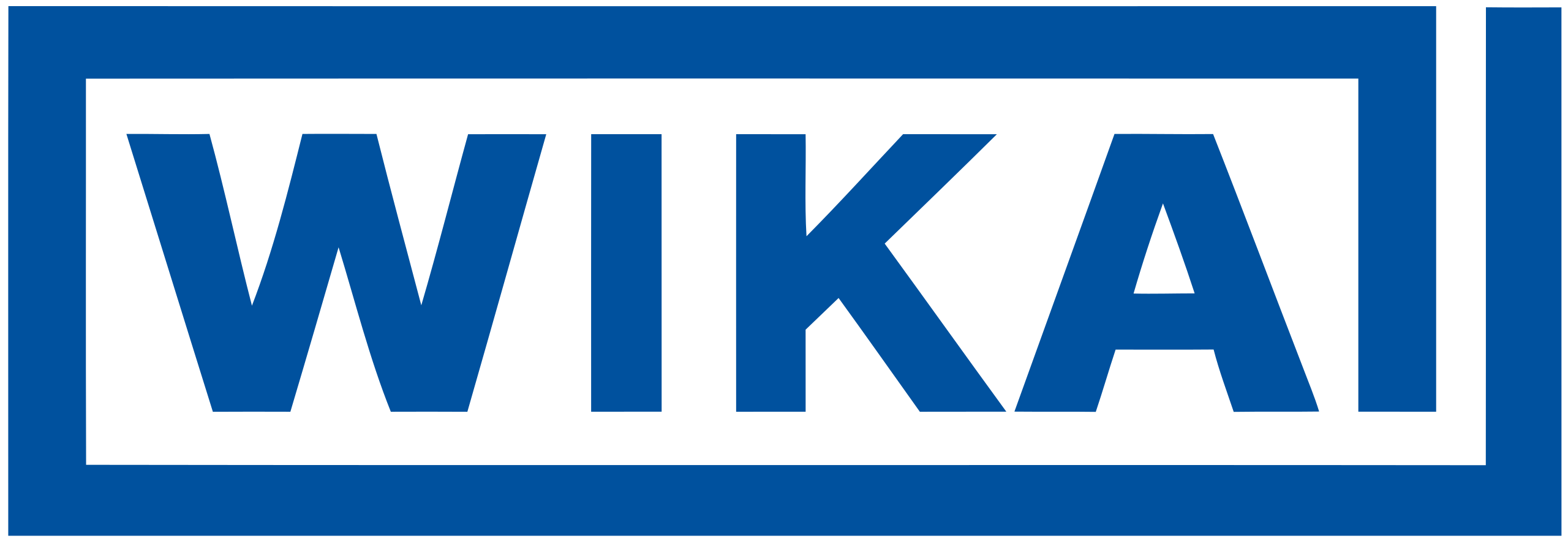Parser Development Workflow
This guide explains how to add support for a new device inside the 4.x.x parser stack. We start by pinning down what “parser” means in this codebase, then walk through the PEW implementation as a reference build. The last section highlights when you must develop a new codec first and where to find that process.
Terminology
- Device parser:
The bundle created bydefineParser(...). It orchestrates one or more codecs, exposes the public helpers (decodeUplink,decodeHexUplink,encodeDownlink,adjustMeasuringRange,adjustRoundingDecimals), and lives underpackages/parsers/src/devices/<DeviceName>/. - Codec:
A protocol implementation (for example,defineTULIP2Codec,defineTULIP3Codec) that knows how to decode and optionally encode messages for a specific TULIP generation. Codecs live underpackages/parsers/src/codecs/. - Device profile:
The typed configuration objects that TULIP3 codecs consume (sensor channels, alarms, register limits, …). These usually sit next to the codec factory in the device folder.
When we say “add a new parser”, we normally mean “add a new device parser that wires together the existing codecs for that device”. Building a codec is a distinct task with different acceptance criteria.
Choosing the Right Workflow
- Does the device speak an existing TULIP protocol version that already has a codec?
- ✅ Yes → Implement a device parser and reuse the codec factories.
- ❌ No → Start with codec development (see Codec Development Overview) before creating the device parser wrapper.
- Does the device require multiple protocol versions at once? Many NETRIS3-class devices ship both TULIP2 and TULIP3 support. In that case your device parser will register both codecs.
- Is the device a slight variant of an existing profile? Prefer cloning and adjusting the device profile so the codec logic stays shared.
The remainder of this page focuses on the first branch: creating a device parser for a device that relies on one or more existing codecs.
Building a Device Parser (Example: PEW)
Device parser development follows the same rhythm for every device:
Create the device workspace
- Duplicate the structure from a similar device under
packages/parsers/src/devices/<ExistingDevice>/. - At minimum you will want an
index.ts, aparser/directory, and (if needed) localschema/orfixtures/folders.
- Duplicate the structure from a similar device under
Author the parser factory (
parser/index.ts)Import
defineParserfrompackages/parsers/src/parser.Import or create the codec factories you need.
Provide a unique
parserNameand pass the codec list.PEWregisters both TULIP2 and TULIP3 codecs:tsimport { defineParser } from '../../../parser' import { createTULIP2PEWCodec } from './tulip2' import { createTULIP3PEWCodec } from './tulip3' export const PEW_NAME = 'PEW-1000' export function useParser() { return defineParser({ parserName: PEW_NAME, codecs: [createTULIP2PEWCodec(), createTULIP3PEWCodec()], }) }The helper returned by
defineParserenforces that channel names and ranges match across codecs, so prefer creating the codec instances with fresh profile objects.Instantiate codecs inside this module so the TypeScript generics stay intact. Moving the array construction elsewhere can widen the inferred types and degrade the public API. See Type Generics and Inference Guarantees for the full contract.
Expose the public entry point (
index.ts)Instantiate the parser inside a factory-style helper and re-export the public API:
tsimport useParser from './parser' import '../../polyfills' const { adjustMeasuringRange, adjustRoundingDecimals, decodeHexUplink, decodeUplink } = useParser() export { adjustMeasuringRange, adjustRoundingDecimals, decodeHexUplink, decodeUplink }The polyfills import ensures the bundle works in constrained runtimes such as network servers.
Configure device profiles (TULIP3)
- TULIP3 codecs consume device profiles that define channels and alarm flags. For
PEWthis lives inparser/tulip3/profile.ts. Clone an existing profile, adjust the alarm selectors, and define channel ranges that match the datasheet. - Keep the profile factory idempotent, always return a fresh object, to avoid shared mutable state between parser instances.
- TULIP3 codecs consume device profiles that define channels and alarm flags. For
Provide TULIP2 channel definitions (if applicable)
- Legacy codecs still require explicit channel arrays and handler maps. Reuse utilities like
roundValue,TULIPValueToValue, and the measurement lookup tables frompackages/parsers/src/utils.
- Legacy codecs still require explicit channel arrays and handler maps. Reuse utilities like
Add schemas, fixtures, and documentation
- Place JSON schemas under
parser/schema/if the device exposes custom message shapes. - Capture representative uplinks in
fixtures/and reference them in tests and documentation. - Update the VitePress device page under
docs/devices/so downstream users know the parser exists.
- Place JSON schemas under
Write automated tests
- Add Vitest suites under
packages/parsers/__tests__/that exercise the new parser end-to-end using fixtures. - Aim to cover
decodeUplink,decodeHexUplink, and any rounding or range adjustments.
- Add Vitest suites under
Verify the bundle
- Run
pnpm buildto ensure the device parser compiles. - Execute
pnpm test(or the narrower Vitest command) and update coverage snapshots when necessary.
- Run
Runtime Configuration Hooks
Every device parser exposes a consistent surface:
adjustMeasuringRange(channelName, { start, end }): Use immediately after instantiation to align ranges with the deployed probe. All codecs receive the update.adjustRoundingDecimals(decimals): Normalises the precision throughgetRoundingDecimalsand applies it to each codec.encodeDownlink({ codec, input }): Only available when the codec implements an encoder (for example TULIP2 maintenance actions). Guarded by runtime checks for missing support.
Document how integrators should invoke these hooks when you update the device guide so the configuration stays in sync.
When You Need a New Codec
Some devices introduce protocol changes that existing codecs cannot handle. Build a new codec when:
- The device speaks a new TULIP generation or a vendor-specific extension.
- Channels, alarm flags, or register layouts diverge from the assumptions in the shared codec.
- The device requires downlink encoders that are not modelled yet.
Codec development lives in its own guide because it touches message parsing, alarm semantics, validation schemas, and long-lived shared utilities. Start with the Codec Development Overview to plan that work before returning here to wire the codec into a device parser.
Related Reading
- Architecture: High-level overview of the monorepo and codec abstraction.
- Repository Setup: Bootstrapping the workspace with
pnpm. - Testing: Writing and running parser tests with Vitest and coverage gating.
